Netball: Finding your position…
November 30, 2012A few handy tips on finding your perfect position for those of you new to social Netball...
So, I thought I would put together a brief description of what we believe are the “typical” characteristics of players in each netball position. I have been playing Netball on and off for years, but I am nowhere near a professional so I wouldn’t take it too seriously and feel as though you should change positions should you not fit the criteria.
This is only a quick and simple guide to help those of you that are new to Netball and have joined our Social Netball leagues and may be unsure of what position to play or try out.
At a professional level Netball players are usually above-average height, with a high level of fitness and low body fat levels. Some positions allow for shorter players, usually areas on the court where the ball is played closely to the ground.
However, in many recreational leagues, height and fitness are not as important as enthusiasm, team spirit and morale (followed by a cheeky G&T after the game).

Goalkeeper – Goalkeepers are often taller and slightly more physical players, who are prepared to aggressively protect their goal post! They have to stay alert so they can collect rebounds off the post and intercept passes, therefore having fast reactions is often vital. It is important for the Goal Keeper to be aware of what is happening out in front of them. This will allow them to read the attacking team’s movements and anticipate any interceptions, creating turnovers.
Goal Defence – The goal defence works closely with the goal keeper, they must support each other. GD must have good skills of anticipation so they can block passes and get the ball out to their own attacking players. Someone who can read the game well and can read opposition passes and intercept the ball will be an optimal goal defence. The GD has more available space on court to play the ball than the GK, so should have decent stamana. As well as defending, they also need the skills of an attacker. The GD must initiate the attack by successfully getting the ball out of the defensive third, and assist the team in moving the ball down the court.
Wing Defence – As well as getting the ball forward they have to mark their opposing wing attack. The wing defence must be focused on the attacking opponents game play and good at controlling the ball. They should be ready at all times to pick up any tips or interceptions created by the circle defenders as well as playing a supporting backup role for the attackers down court.
Centre – The centre is the engine of the team and they have to be quick thinking and creative with their play. Centres manipulate how the game is played, regarding spacing, speed and structure. Centres are normally the swiftest and fastest players on the court, meaning they are quite often among the smallest players on the team with a lower centre of gravity. They usually receive the most passes than any other players on court and often receive low quick passes which makes it challenging for the taller defending players to get low and catch or intercept the ball.
Wing Attack – The wing attack is a side kick to the centre as such. They must have a solid passing game and ball collecting skills. The WA is often the first person to receive the ball after the centre pass so needs to be quick off their feet from a stand still position. Speed is highly important for a wing attack as the initial centre pass is crucial, so they need to beat the WD off the mark so the ball is not turned over. WA need the ability to open up space on the court. They need to be able to catch and pass the ball on quickly down the court. Very agile and quick players will best suit wing attack.
Goal Shooter – The goal shooter must have precise and direct shooting skills from a variety of positions in the circle. Once the ball is inside the circle, the GS must work hard to secure a goal. They must also be able to react quickly, dealing with quick passes into the circle and rebounds if one of the shooters are to miss. Goal shooters seem to have the steadiest hands on the court and are often among the taller players. Goal shooters are often calm individuals that do not succumb to pressure as at many points in the game, all eyes are on you.
Goal Attack – The goal attack must have both incredibly good shooting abilities and attacking court play. The goal attacks main duty is to work with the WA and C to bring the ball closer to the post and if possible to the GS. Their passing must be quick and direct to give the shooter the best opportunity to score before the defenders have caught up. They must also be able to read the two circle defenders and plan the best route into the circle. As well as this, they must have extremely quick reactions to ensure they have a second shot on goal if there are any rebounds. The GA is often a taller, slightly more agile player with high stamina, yet technically skilled.
So get involved in a GO Mammoth social netball league and give it a go, give all the positions a go, and see what suits you best. Knowing is better than wondering…
If anyone has anything to add to any of the positions, feel free to comment below…the more we can help out new Netball players the better

 CHRISTMAS BREAK: Sports leagues not running 22nd Dec - 1st Jan
CHRISTMAS BREAK: Sports leagues not running 22nd Dec - 1st Jan 
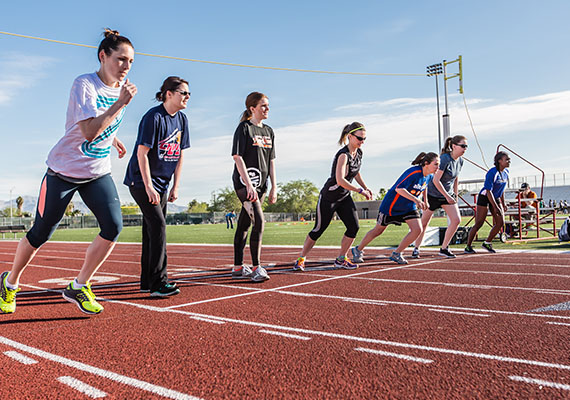
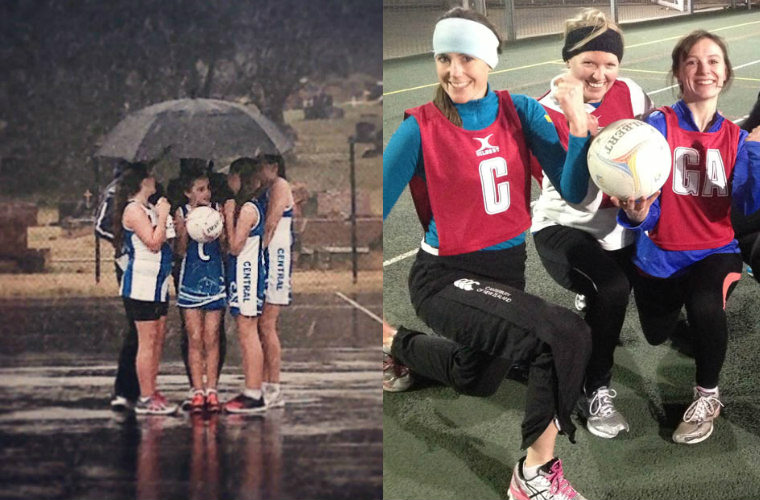
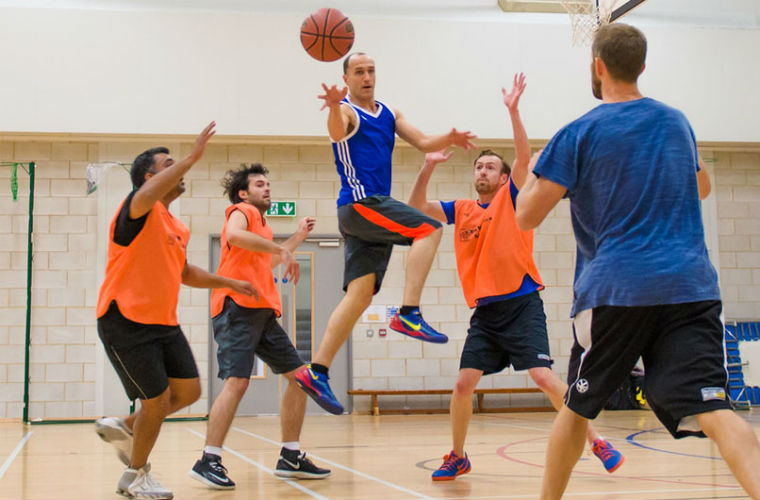
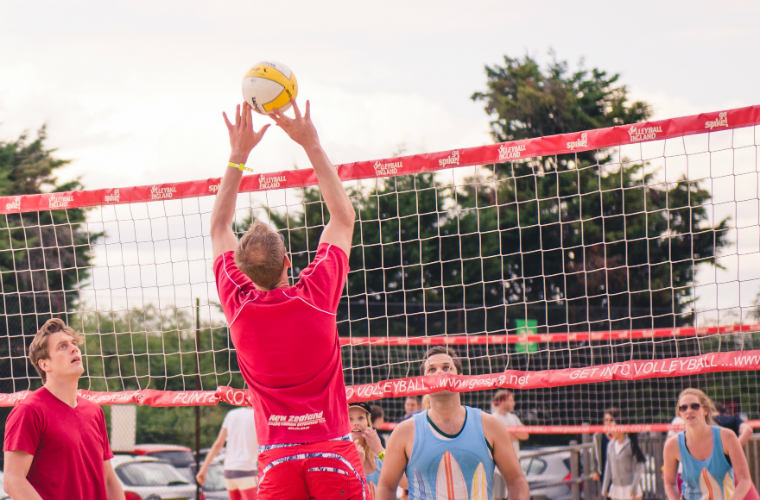
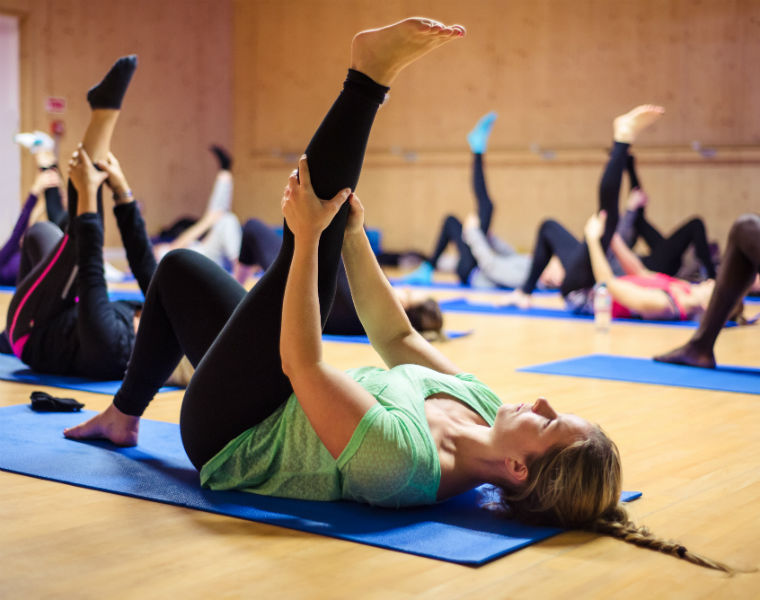
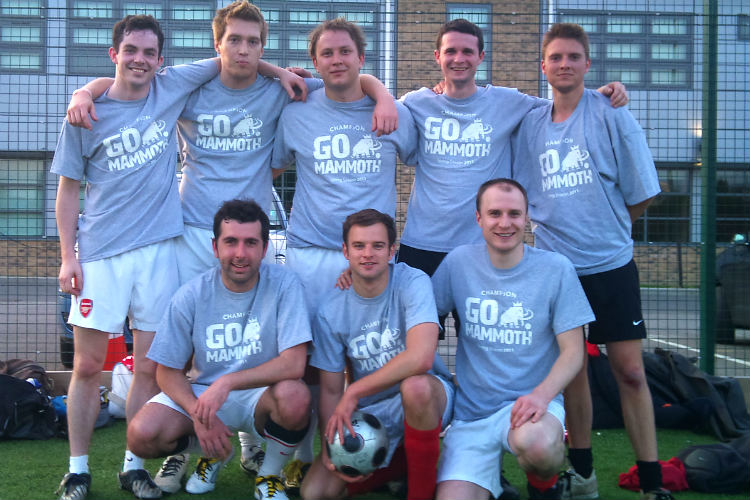
 We use cookies to help give you the best service, personalise content and ads and analyse our traffic. For more details, please see our
We use cookies to help give you the best service, personalise content and ads and analyse our traffic. For more details, please see our